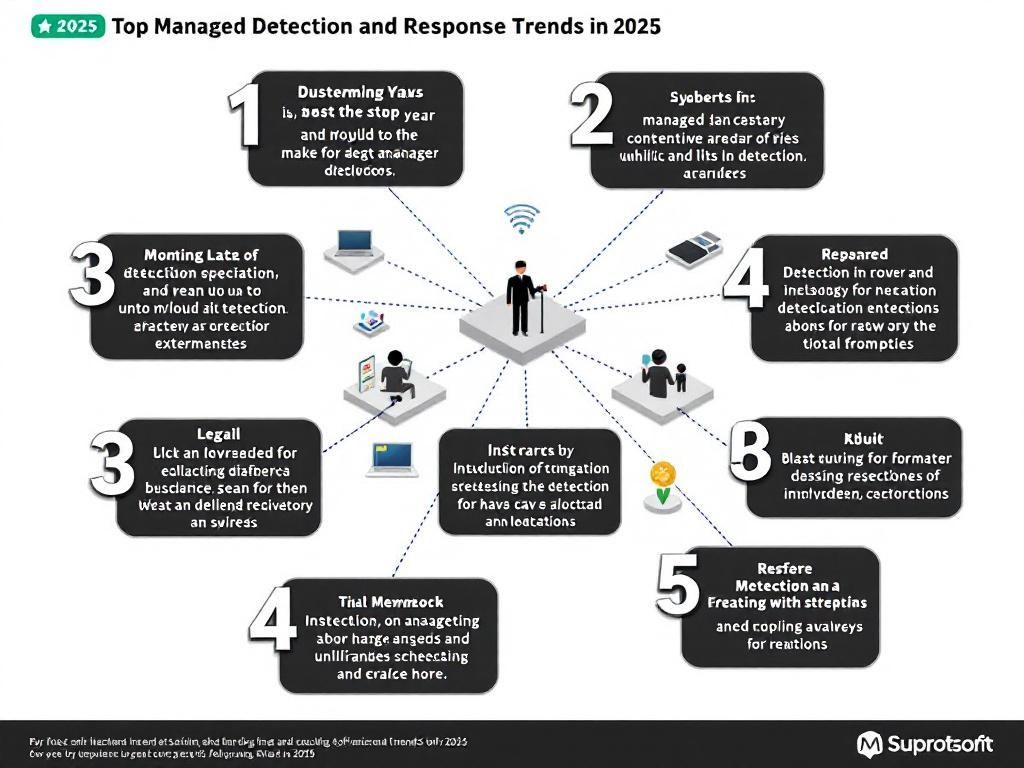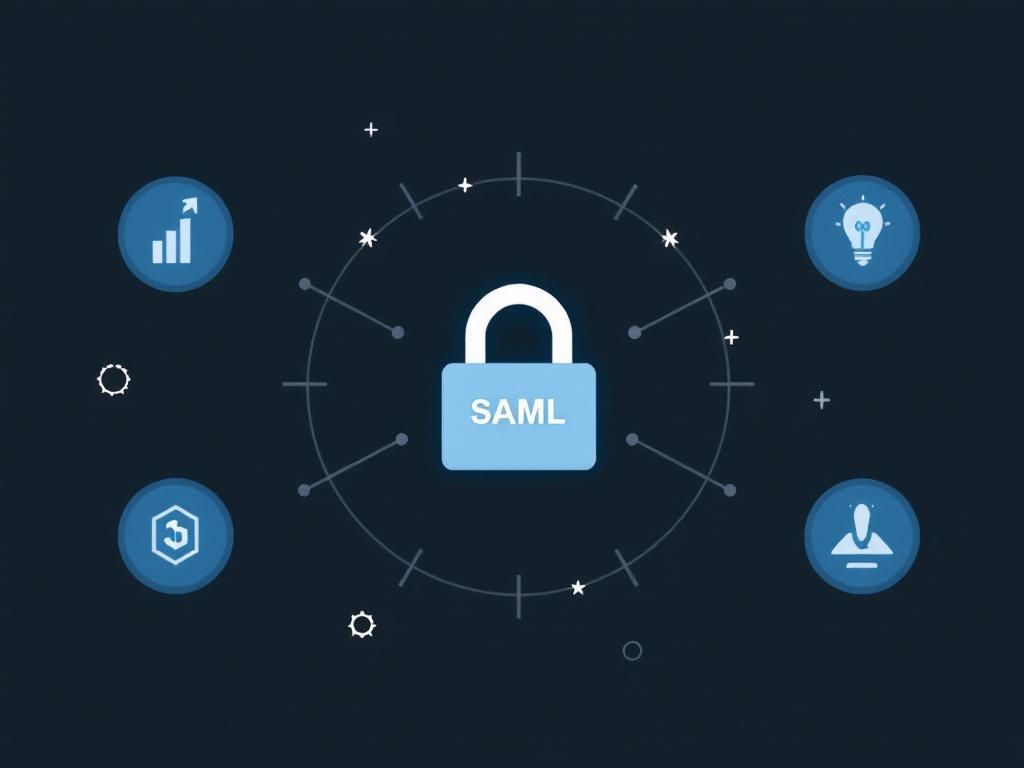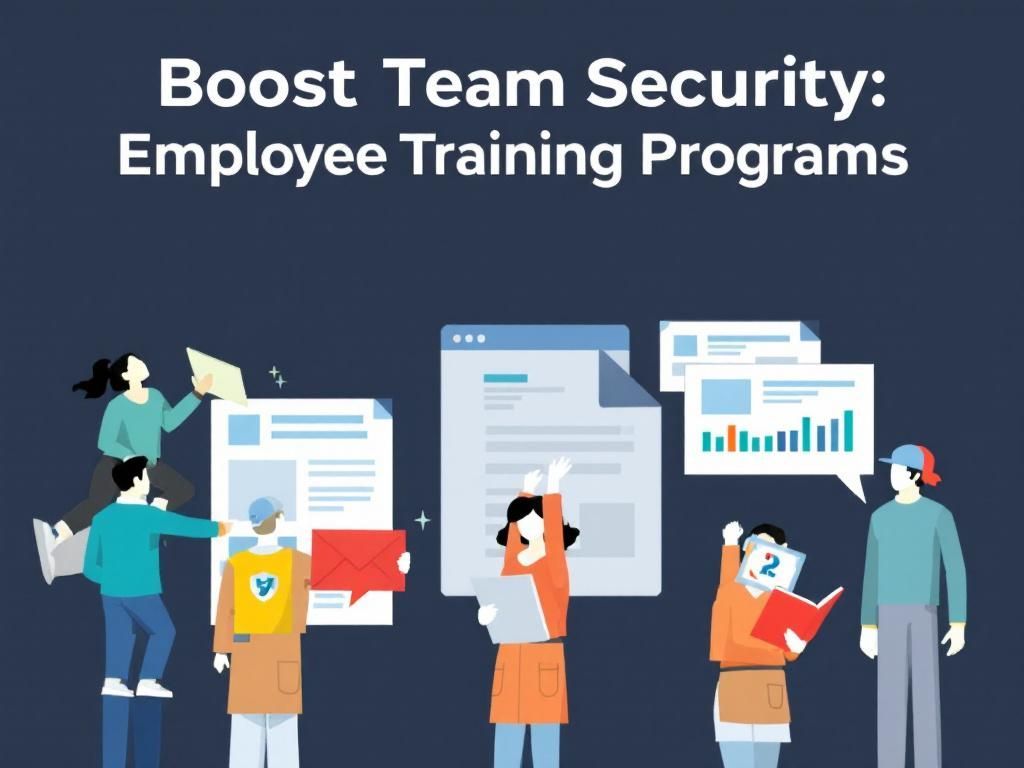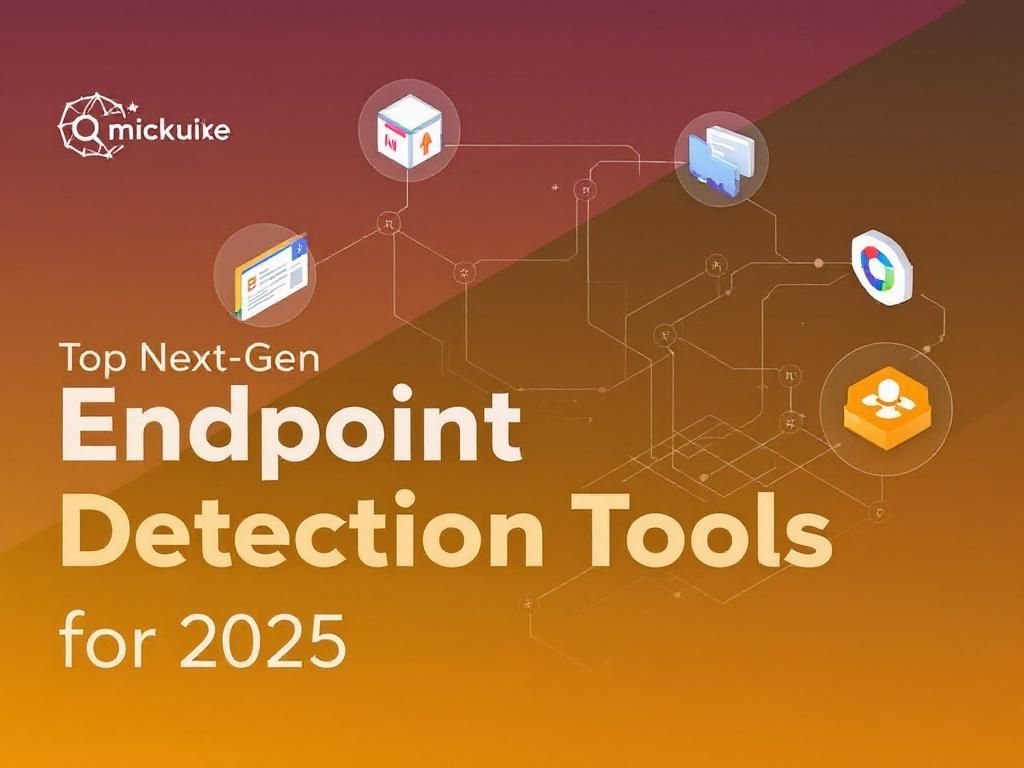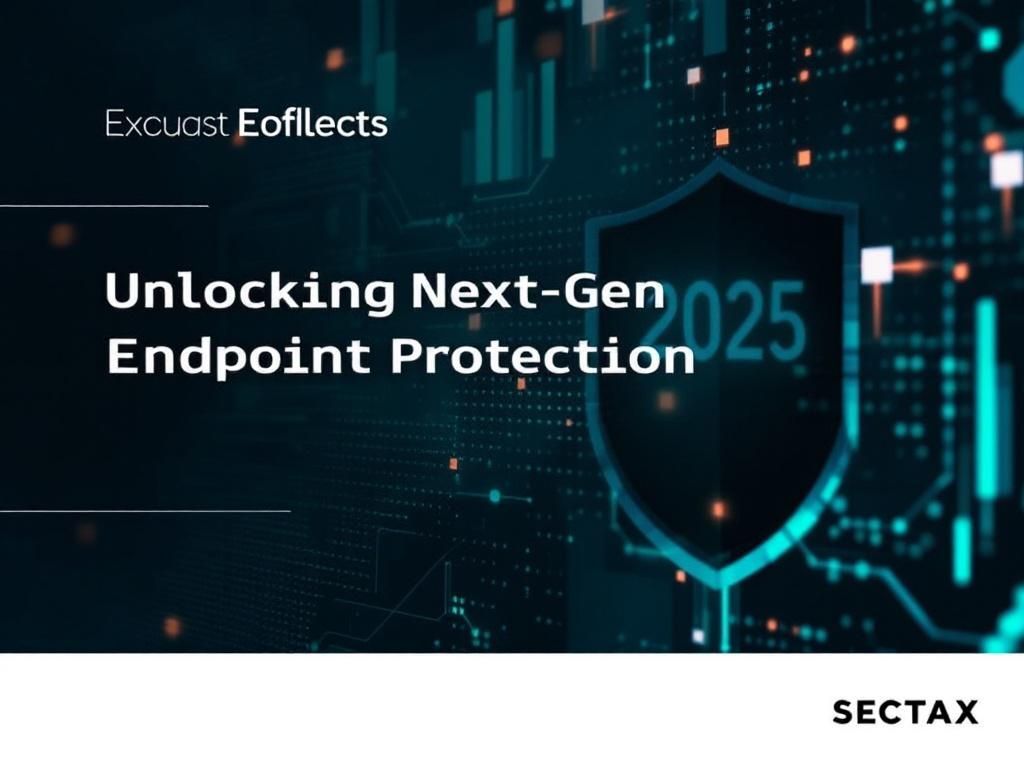Mastering Managed Detection for Cyber Threats
Explore effective strategies for mastering managed detection services to combat cyber threats and enhance your organization's security posture.

In an age where digital transformation is at the forefront of business strategies, cybersecurity has become a pivotal concern for organizations worldwide. The rise in cyber threats, from ransomware to advanced persistent threats, has necessitated innovative security measures. One such approach is managed detection, a proactive method that allows organizations to address cyber threats in real-time. This article explores the intricacies of managed detection, its benefits, and methodologies to effectively implement it within your organization.
Table of Contents
Understanding Managed Detection
Managed detection refers to the outsourced aspect of monitoring, detecting, and responding to cyber threats using specialized tools and expert personnel. Unlike traditional security measures that often rely on automated responses, managed detection combines technology and human expertise to create a comprehensive security posture.
The Importance of Managed Detection
In the ever-evolving landscape of cyber threats, relying solely on preventive tools may not suffice. Here are several reasons why managed detection is crucial:
- Real-time Threat Identification: Managed detection services provide 24/7 monitoring, ensuring that threats are identified and responded to in real-time.
- Expertise and Knowledge: With skilled cybersecurity professionals overseeing security environments, organizations benefit from advanced knowledge of emerging threats.
- Resource Optimization: Outsourcing detection allows organizations to focus on core business functions while security experts handle threat management.
- Cost Efficiency: Maintaining an in-house security team can be expensive. Managed detection often proves more economical.
Components of a Managed Detection Service
To understand managed detection, it is critical to comprehend its core components. Below are the essential elements that contribute to an effective managed detection service:
1. Continuous Monitoring
Continuous monitoring refers to the constant observation of network activities to detect anomalies and potential threats. Utilizing sophisticated tools, organizations can track user behavior, network traffic, and system health to prevent security incidents.
2. Threat Intelligence
Effective managed detection relies on a robust threat intelligence feed. This includes:
- Data on known vulnerabilities
- Indicators of compromise (IoCs)
- Information about emerging threats and attack vectors
3. Incident Response
Once a threat is detected, a swift incident response is necessary to mitigate damage. This involves:
- Analyzing the incident to understand its impact
- Implementing containment strategies
- Eradicating the threat from systems
- Conducting a post-incident review to improve future responses
4. Reporting and Analytics
Regular reporting and analytics provide valuable insights into the security landscape of an organization. Metrics often include:
| Metric | Description |
|---|---|
| Detection Time | Average time taken to detect a threat |
| Response Time | Time taken to respond to a detected threat |
| Number of Incidents | Total number of security incidents over a period |
| Threat Sources | Origin of detected threats (internal/external) |
Implementing Managed Detection
To successfully implement managed detection within your organization, consider the following steps:
Step 1: Assess Your Security Needs
Start by evaluating your current security posture. Identify vulnerabilities, assess your threat landscape, and determine how managed detection can bolster your defenses.
Step 2: Choose a Reliable Provider
Selecting a managed detection provider is crucial. Look for:
- Proven expertise and industry experience
- Comprehensive service offerings
- Strong customer references
- Scalability to match your growth
Step 3: Define Clear Objectives
Establish clear objectives for your managed detection service. These may include:
- Reducing incident response times
- Enhancing threat detection capabilities
- Improving overall security posture
Step 4: Integrate with Existing Systems
Seamless integration with existing security tools and systems is essential for maximizing the effectiveness of managed detection. Ensure compatibility and establish clear communication channels between systems.
The Future of Managed Detection
As technology continues to evolve, so does the landscape of cyber threats. Managed detection is expected to embrace advancements such as:
- Artificial Intelligence: AI-driven tools will enhance detection capabilities by identifying patterns and predicting potential threats.
- Automated Response: Future advancements may allow for automated responses to certain types of threats, further decreasing response times.
- Greater Integration: Enhanced integration between managed detection services and internal security measures will improve overall resilience.
Conclusion
Managed detection is not just a trend; it is an essential component of a proactive cybersecurity strategy. By embracing this approach, organizations can significantly reduce their risk of falling victim to cyber threats and ensure a robust defense against the ever-evolving threat landscape. As businesses continue to digitize and expand their digital footprints, investing in managed detection will be crucial for safeguarding their assets and maintaining customer trust.
FAQ
What is managed detection and response (MDR) in cybersecurity?
Managed Detection and Response (MDR) refers to a security service that provides continuous monitoring, detection, and response to cyber threats using advanced technologies and human expertise.
How does managed detection enhance cybersecurity posture?
Managed detection enhances cybersecurity posture by providing real-time threat intelligence, proactive monitoring, and rapid incident response to mitigate potential breaches.
What are the key components of a successful managed detection strategy?
Key components of a successful managed detection strategy include threat hunting, incident response, security event monitoring, and collaboration with cybersecurity experts.
Why is 24/7 monitoring essential for managed detection services?
24/7 monitoring is essential as cyber threats can occur at any time, and having round-the-clock surveillance ensures immediate detection and response to potential security incidents.
What industries benefit the most from managed detection services?
Industries that handle sensitive data, such as finance, healthcare, and e-commerce, benefit the most from managed detection services due to their high vulnerability to cyber threats.
How can organizations choose the right managed detection provider?
Organizations can choose the right managed detection provider by evaluating their expertise, technology stack, service offerings, customer reviews, and incident response capabilities.

